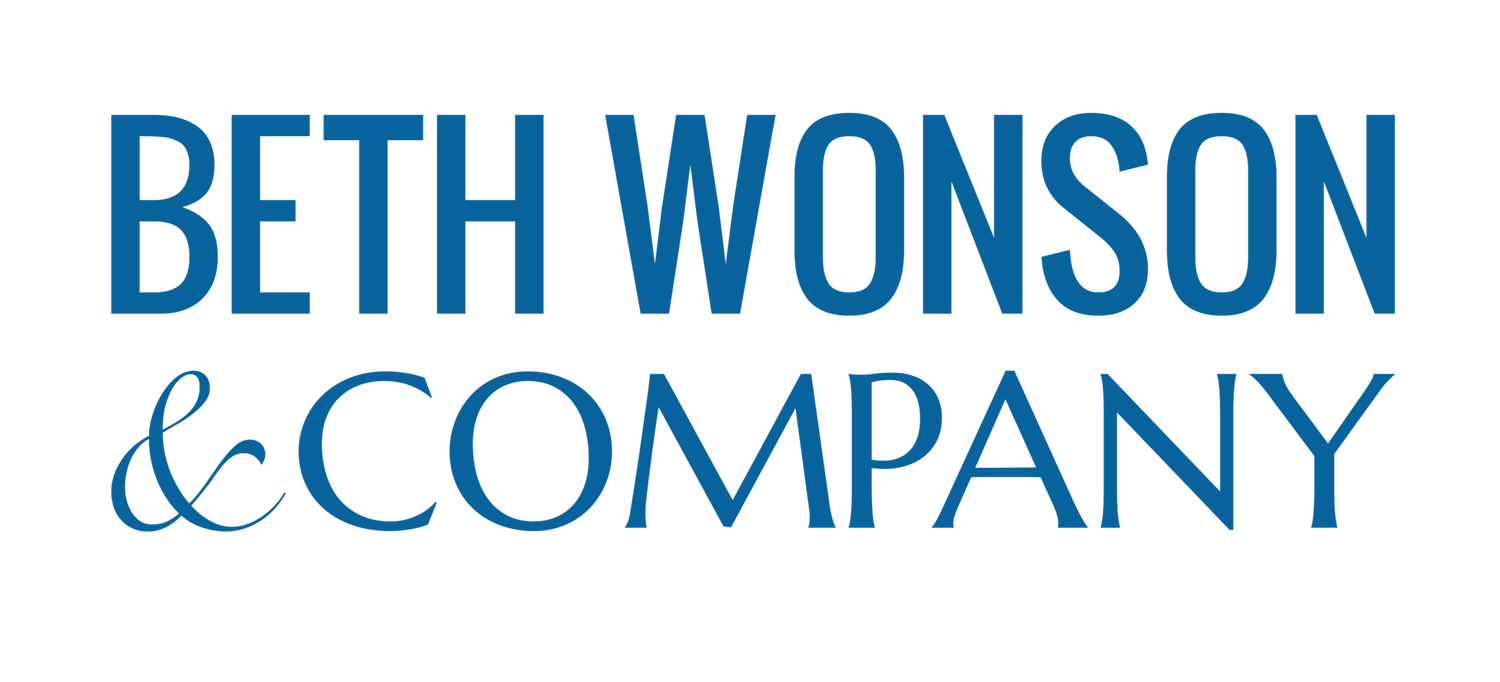Building a Boat While It's Sailing Down the River
We are pretty deep into the shift away from “normal”. Social distancing, home schooling, limited access to family and friends, and fear of illness are just some of things that -- on top of working remotely -- are wearing us all down.
What I’ve observed with my clients is that it’s getting more difficult for managers to assess which challenges are related to the actual work and which are related to the wear and tear of the current situation.
One of the most pressing challenges that I am hearing about involves employees being resistant to necessary changes.
Managers are struggling to get buy-in on necessary new procedures or process adaptations. Especially from employees who are not normally resistant.
Looking at Patterns for Sustainable Solutions
A big part of the work I do is looking at patterns and trends versus symptoms. When you are working with me, we aren’t likely to spend much time on how to get someone to buy into a specific procedural change.
Instead we are going to talk about how to help employees see where patterns of resistance may be showing up and why, and to understand the impact of resistance on those around them.
What we are going to work towards is how you can speak your truth about staff’s disruptive behavior with empathy, compassion, with a focus on the good of the whole.
Let’s Break it Down
You, or your organization, will make a decision with the best information you have in the moment. The decision results in a necessary change to a long-standing process.
You communicate that decision, and find that one or two members of the staff are resistant. They may argue it. They may state they don’t see the need. They may even indicate that other like organizations aren’t making those kinds of changes.
You end up defending the decision and trying to persuade them to get on board. Others in the meeting begin to become resistant as well. And soon you have spent an entire meeting debating a decision versus implementing the decision.
I’ve heard this same scenario over and over again in the last few weeks. It’s not that your people have suddenly become difficult. It’s that people are trying to exercise control wherever and whenever they can because so much is out of their control right now.
Communicating as a Leader
Now is the time for you as a leader to speak your truth with empathy, compassion, and a focus on the good of the whole organization.
Your truth is the fact that a decision has been made.
Communicate empathy and compassion by acknowledging that you can relate to the overwhelm and you also are feeling a lack of control.
However, resisting to implement change is impacting the ability to be successful and it is not in the best interest of the good of the whole organization.
Leadership Actions
The question for you to ask is: What steps will the employee take to shift this behavior? As leaders it is our job to help our people navigate when times are uncertain. And not only are times uncertain right now, but we are actually building ourselves a brand new boat at the same time that we’re sailing it down the river.
And I’m not just referring to upheaval at work. This is happening in all aspects of our lives. All of our systems, processes, and norms are changing at an unprecedented rate.
As you’ve likely heard me say, now is not the time to try to be the expert. But we can provide more guidance and coaching for those who are showing up more resistant than usual.
Since we are building this new boat as we sail it, it is important to frame decisions as what they truly are: experiments. Your new mantra when implementing change must be “adopt, adapt, and repeat”.
Taking this approach will help keep your staff from feeling defeated when there’s a series of decisions and changes as you build a new boat.
Remember, we are all in this together, a flotilla of new and adventurous ships.
To hear more about Navigating Challenging Dialogue’s mantras for managing during this crisis, listen to the session Sasha and I did with leaders from around the country. You can download the handout from the session here.
We encourage you to share this with the other leaders in your organization.
If you’d like to set up a session specific for yourself, your leadership, or manager teams, email us.
Have a Question? Let’s Talk Today
You may be facing a challenge or weighing an action and aren’t sure where to start, or what a solution even looks like. Contact Beth today! It’s 100% confidential so you can freely discuss the challenges you’re facing and unlock a path forward. Or Get Started with our resources library and books.
